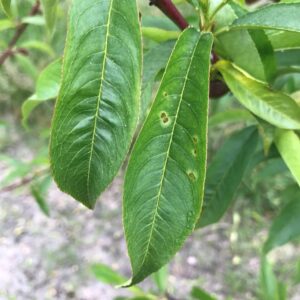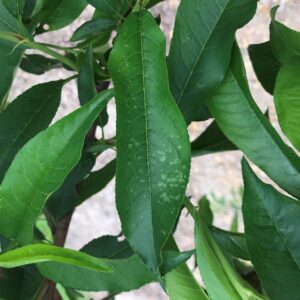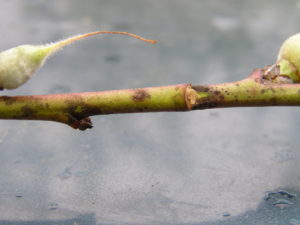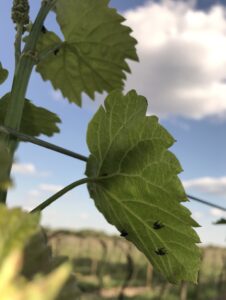“The NJDA Deer Fencing Program makes cost-sharing funding available for the installation of deer fencing on unpreserved farms. The program is conducted in accordance with N.J.S.A 4:40-6.1.”
Please click here for the full application, eligibility, and other important information
Timing is important if considering this program. NJDA began accepting applications on 5/15/23.




